|
I first posted on Sabino Canyon in December 2015, Part I on birds, with the promise of Part II on landscapes "to follow shortly." Well, "shortly" became 2 years! Yup, I know, 2 years late. But think of it this way. If I had posted 2 years ago, it would have been in January of 2016, after all the great fall colors had faded, and I would in essence have said, "See what you missed!" You would have been bummed! So, by posting now, you can put a Sabino Canyon visit on your November/December calendar today and see the 2017 version of all these great scenes! The image above, and the two below were captured on the eastern side of Sabino Creek looking west, shortly after noon on November 23rd. I bought a tram ticket, and got off on the first stop close to the creek, avoiding the long walk on the paved road that marks the beginning of the trek up the canyon. Then, with the help of a backpack for the photo gear, and using my tripod as a walking stick, I forded the creek, avoiding slippery rocks. Note that if the water is high, you will get your feet wet. Walking poles are helpful. All shots obtained using a tripod and shutter release cable. Canon EOS 6D with EF 17-40 mm f/4L with polarizing filter. The two images below were captured in the middle of the creek plain looking south, just before noon. I set up on a dry patch of sand. On a another day I went birding (see Sabino Canyon, Part I) walking east of the parking lot, then north toward the dam. On the way back I discovered the view below facing south with the Santa Rita Mountains in the distance. This panorama is created from 4 images, using the Photo Merge/Panorama feature in Adobe Photoshop Lightroom. For the photo geeks: for a successful panorama keep the camera level from shot to shot, and calculate the exposure once, keeping it constant from shot to shot in manual mode. If left on automatic exposure mode, the camera will recalculate the exposure for each frame, trying to create the "perfect sky" for each picture. When you merge them, there will be a vertical line in the sky where the two images merge. For more on Sabino Canyon see my posting from December 2015.
So, get out your walking shoes and poles, grab that camera or paintbrush, and head to the canyon! Happy Thanksgiving everyone!
3 Comments
As the valley cools off, I returned to Sabino Canyon on the early morning of October 11th. I was walking east from the parking lot toward the dam, as described in my posting of December 17, 2015 when I ran into Jean and Mark Hengesbaugh, Sabino Canyon Volunteer Naturalists, and fellow birders. They reported that a male partial albino Phainopepla had returned to the canyon for his 7th year. Although I spotted him on the 11th, I returned on the 18th, tripod and gimbal head in hand. I hung out close to the corral on the south border of the park, and found our subject doing what Phainopepla do as the sun comes up, munch on mistletoe in the mesquite and catch bugs. With a bit of patience, and some luck, I got the images below. It turns out that partial loss of pigment is not uncommon in birds, and can be confusing when trying to identify individuals. There is a nice posting on partial pigmentation (melanin reduction) in the Sibley Guides, available online, click here. The author goes through terminology, and different displays of color loss, using the Northern Cardinal as an example. For information on the Phainopepla, see the Cornell Ornithology site, and the Audubon field guide. The Audubon site has a good gallery of images, including one of the male in flight, with the white wing feather showing. The image below was captured on the 18th as our subject was preening, with the wings partially open, showing the white feathers. That's it for now. Stay tuned!
I returned to Sabino Canyon on Monday the 21st, and walked again east to the Bear Canyon road, then north to the dam and back, this time with my wife who was my walking partner and trusty bird spotter. Of our sightings and images, I offer three: VerdinSeveral images, including one with wings open, that show the rufous shoulder patch that is described as being "oft-concealed" in the description by Richard Taylor in his guide, Birds of Southeastern Arizona, p. 273. Verdin, with rufous (reddish-brown) shoulder patch showing, images above and below Verdin, below, with wings open showing the location of the patch on the shoulder. Blue-Gray GnatcatcherWe are pretty sure of this identification from Richard Taylor's guide and also the National Audubon Society's, The Sibley Guide to Birds, written and illustrated by David Allen Sibley, p. 397, Alfred A. Knopf, 2000. I got two shots with my subject partially hiding behind a branch, but showing enough detail to provide identification. See if you agree with us. Likely a male Blue-Gray Gnatcatcher, with white eye-ring, medium length bill, and narrow black forehead crescent. Note that this is the only migratory species of gnatcatcher (Taylor, p. 295). Similar view below. Chipping Sparrow? More likely immature White-crowned sparrow*I got many images of this bird, and similar partners, in a tree infested with mistle-toe not far from the dam. * Many thanks to Florence Sanchez who posted a comment on January 9th (see link to Comments at the end of the post). She identifies these birds at immature White-crowned Sparrows. Tom Grey's website has an extensive section on these birds, including great photos of immature and mature birds. See also page 377 of Richard Taylor's handbook, Birds of Southeastern Arizona. Richard Taylor's guide has no less than 20 pages devoted to sparrows. The Chipping Sparrow is described as small-billed, slender with dark lores, gray breast, gray rump and long cleft tail. Similar species are the non-breeding Clay-colored Sparrow (Taylor, p. 365). The Sibley Guide to Birds notes that the adult non-breeding has a rufous-tinged crown and pinkish bill (p. 485). Taylor's guide notes that they forage on the ground, and form large flocks in winter, which is consistent with the large number of birds we saw. He also notes that in SE Arizona the Clay-colored sparrow is usually a lone bird in a flock of Chipping Sparrows. Road Runner, always good for comic relief!I was tracking this RR back and forth across the road, and he/she decided to stop and scratch! Happy Holidays everyone! To paraphrase, "May the Birds be with You!"
This is the first of 2 postings on Sabino Canyon, part of the Catalina Mountain range, and home of Sabino Creek as it ends its journey to the desert floor from it origins in Summerhaven. Today I focus on an overview of the park, the wonderful work of volunteer naturalists, and photographs from a recent birding adventure in the lower canyon.
As federal land, the canyon benefitted from the work of the Works Progress Administration (WPA) and Civilian Conservation Corps (CCC) during the Great Depression. Projects included building the Sabino Dam and numerous bridges over the creek, the latter providing smooth walking 3.8 miles up the canyon, ascending from 2,800 to 3,300 feet above sea level, crossing the creek 9 times. The one lane road allows narrated tram tours. Buying a tram ticket for the day is a great way to get up and down the canyon easily, stopping as often as you wish. See the Sabino Canyon Tours website for tram schedules, and more history of the area. The riparian zone of the canyon is home to a varied tree population, including ashes, cottonwoods, willows and sycamores, which turn to fall color from late November into December. See Douglas Kreutz's article in the Arizona Daily Star, December 2014. December is a great time to visit the canyon, paintbrush or camera in hand. December is also a great time to welcome our avian winter visitors (ah yes, finally I get to birds, the subject of this posting!). The Tucson Audubon Society (TAS) has a great website, and offers free birding field trips. In early December I signed up for a TAS Sabino Canyon field trip, hosted by Jean and Mark Hengesbaugh, both Sabino Canyon Volunteer Naturalists. There were about 15 people on the trip, and as a group we spotted 37 species, as recorded by Jean and Mark. From the TAS Website it appears that this trip will be repeated on Saturday January 2nd at 8 am. This will be a great way to begin the New Year. Note that signing up for the trip on the TAS website is required. We left the visitor center shortly after 8 am on December 5th, not too long after sunrise, and walked due east toward Sabino Creek. We joined the road that goes to Bear Canyon, and then swung north toward the Sabino Dam. The Forest Service has a map on their website, and maps and directions are also available at the Visitor Center. In addition, I have added an overlay of our route to the Google map included earlier in this post. 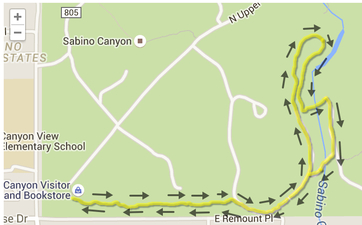 We paused at the dam, the northernmost extent of the trip, then walked south, crossing the creek toward the east over one of the WPA bridges, continuing south in the riparian zone, then heading back to the west over the bridge that takes the Tram to and from Bear Canyon. In addition to birding, we had the opportunity to see the volunteer work done in 2008-2010 to remove invasive Arundo (Giant Reed) from the riparian area. Over 6000 volunteer hours were logged, and our guides, Jean and Mark Hengesbaugh were volunteer coordinators of the project. Click this link for more details and videos of the project and results. Removing the invasive reeds has opened up the area to the sun and allowed native plants to make a comeback, "dechoking" the river at this location. Many volunteer opportunities are available at Sabino Canyon, see their website for more details. What follows are some of the better images I captured during the trip. Jean and Mark's list of species spotted has been very helpful - allowing me to check the birds against my images, and expanding my knowledge of December visitors. As we walked east from the visitor center parking lot, we spotted several Phainopepla, including a partial albino male who Mark reports has been a winter visitor to the same area of the canyon for the past 6 winters. The light was variable to poor this early in the morning, and the birds are black, so my images tended to be flat. The partial albino was at some distance, and offset by a totally grey sky. Above and below, male Phainopepla Two frames below, male Phainopepla, partial albino, taken at some distance. You can see that the crest is partially white. As we walked east, we spotted the Verdin below, As the sun got higher in the sky, we spotted a male Ladder-backed Woodpecker, below, who stayed still long enough in good light to provide a number of shots - one of the better ones below. As we walked north toward the Sabino Dam, we encountered a scrum of house finches, all very active and close to the trail Above, male House Finch in flight. Nice view of feathers and markings. The same male, approaching a female who ignored him initially, then squaked back. Not a happy couple. Male in flight. Not the sharpest image, but shows the "coasting" they do in between wing strokes. Looks more like a missile in flight than a bird. A somewhat calmer male, in good light. After visiting the dam, we walked back to the south. Coming around a corner the whole valley opens up and insists you stop to catch your breath. This image is composed of 4 frames all shot with the same focus and exposure with a Canon 6D and Sigma 150-600 C series lens set at 150 mm. Frames stitched together to create the panoramic view with Adobe Lightroom using the Photo Merge option in the Develop module. Stay tuned for Part II, Landscapes, coming soon. |
AuthorHenry Johnson, photographer and author of this site. For more detail, see About
Categories
All
Archives
July 2024
|
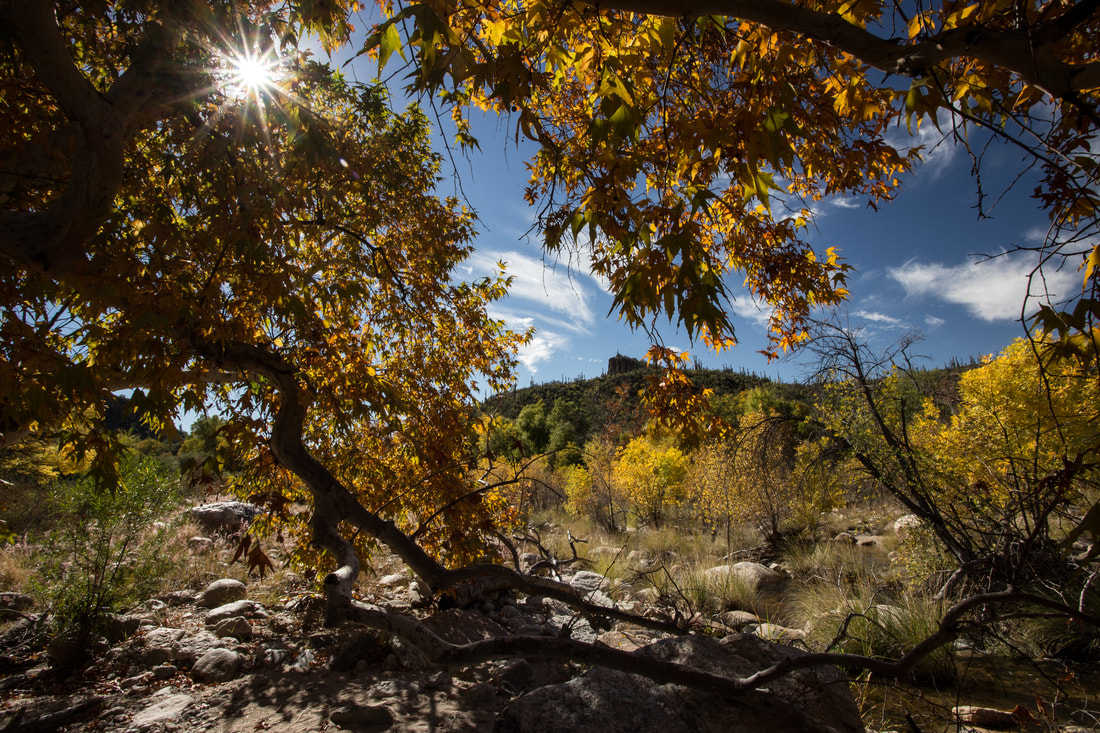
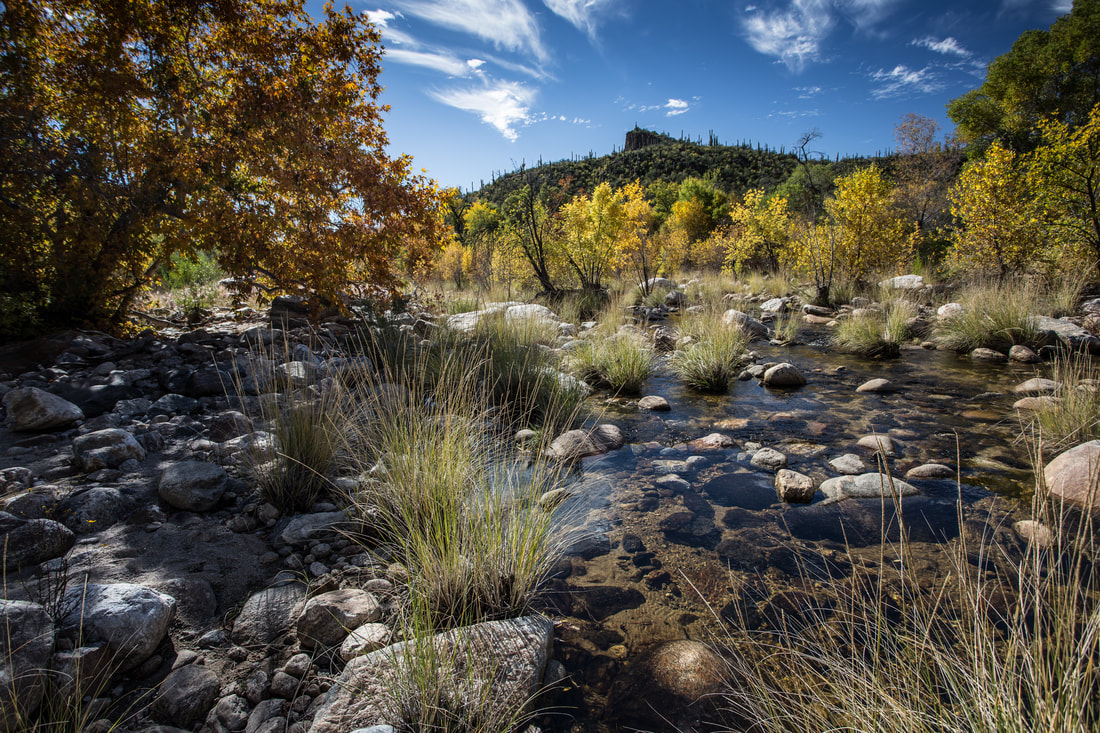
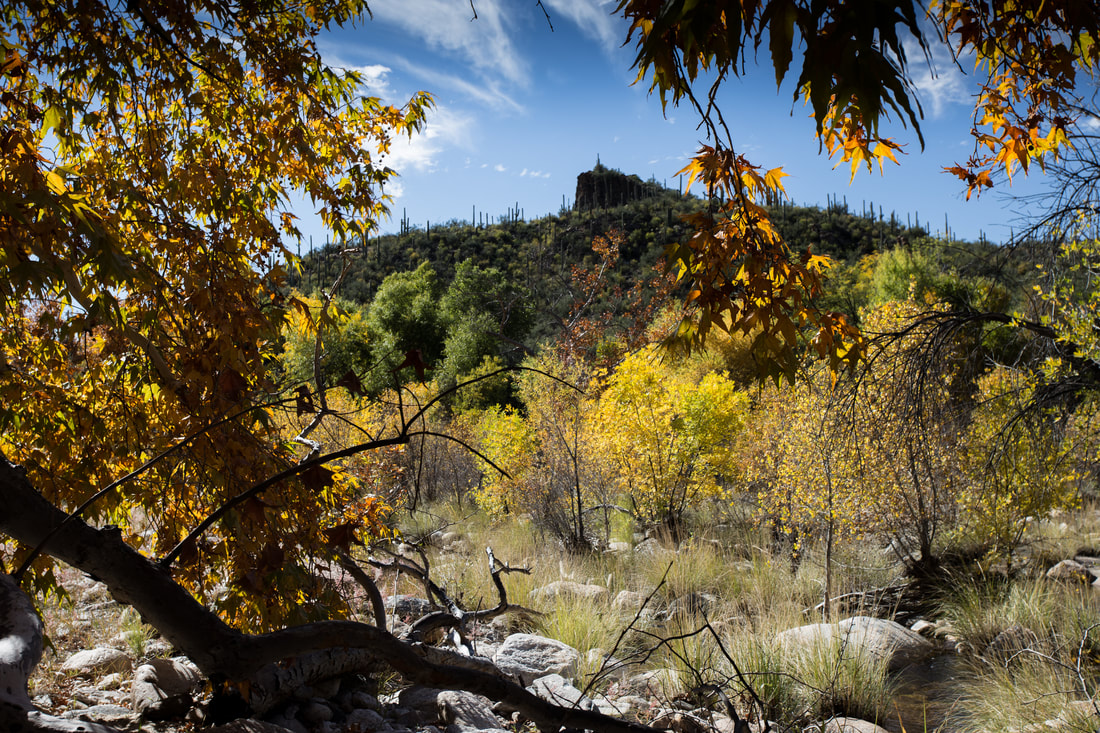
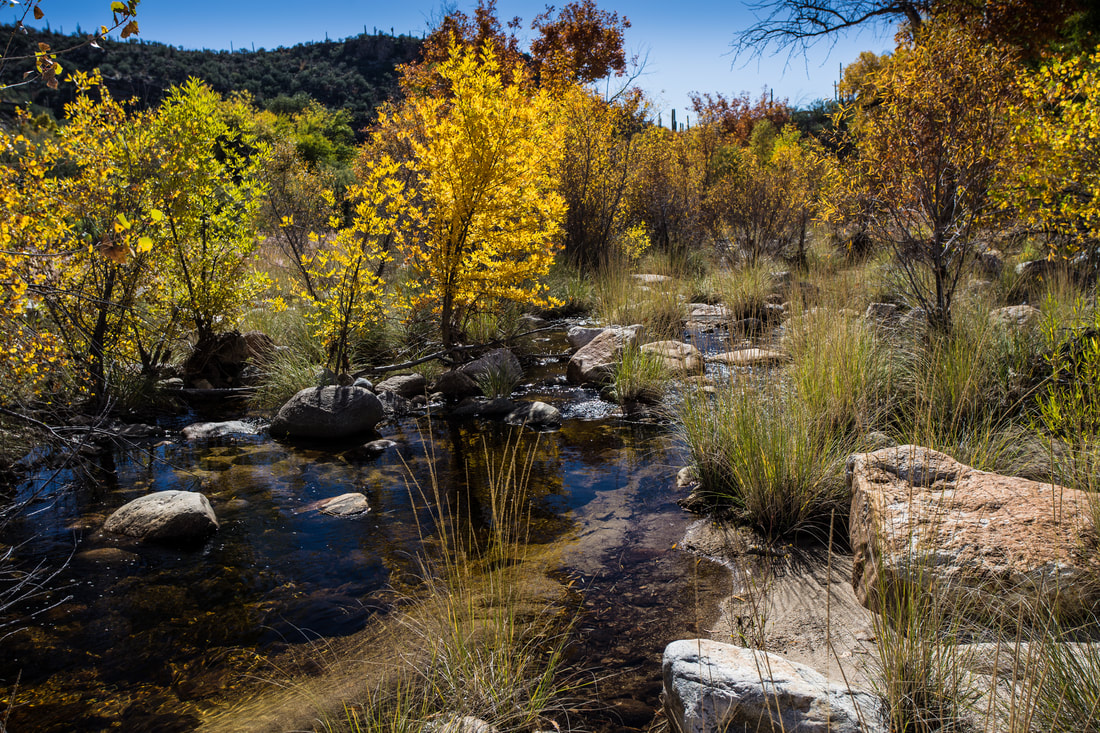
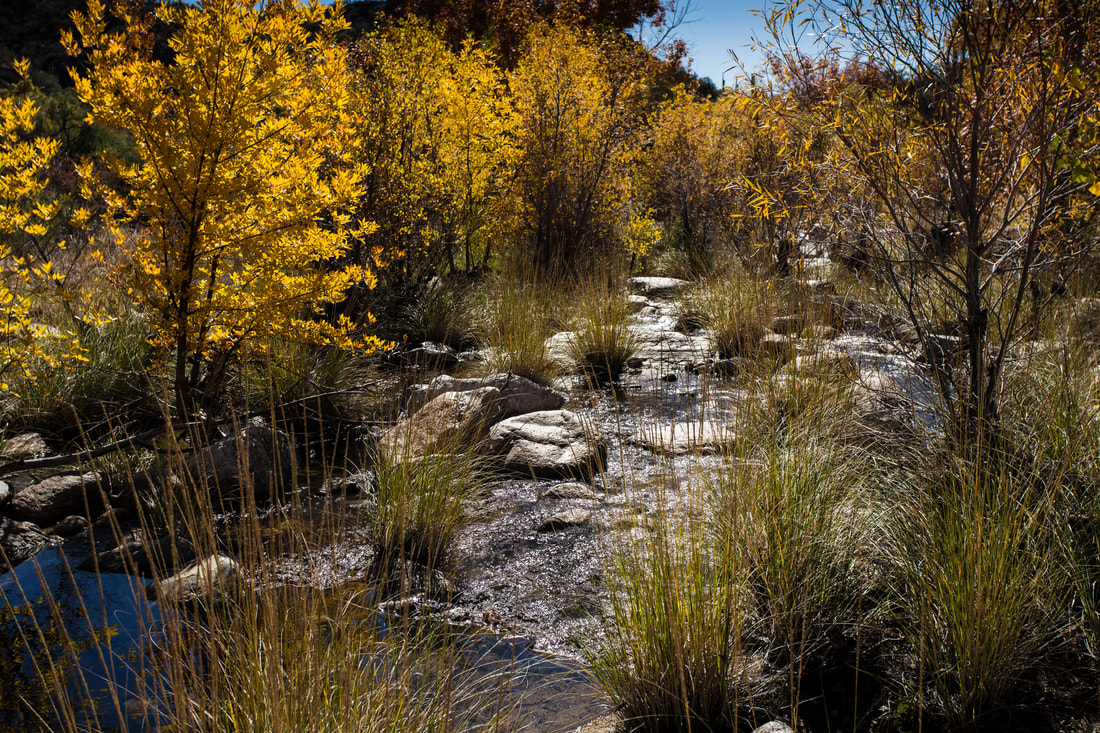

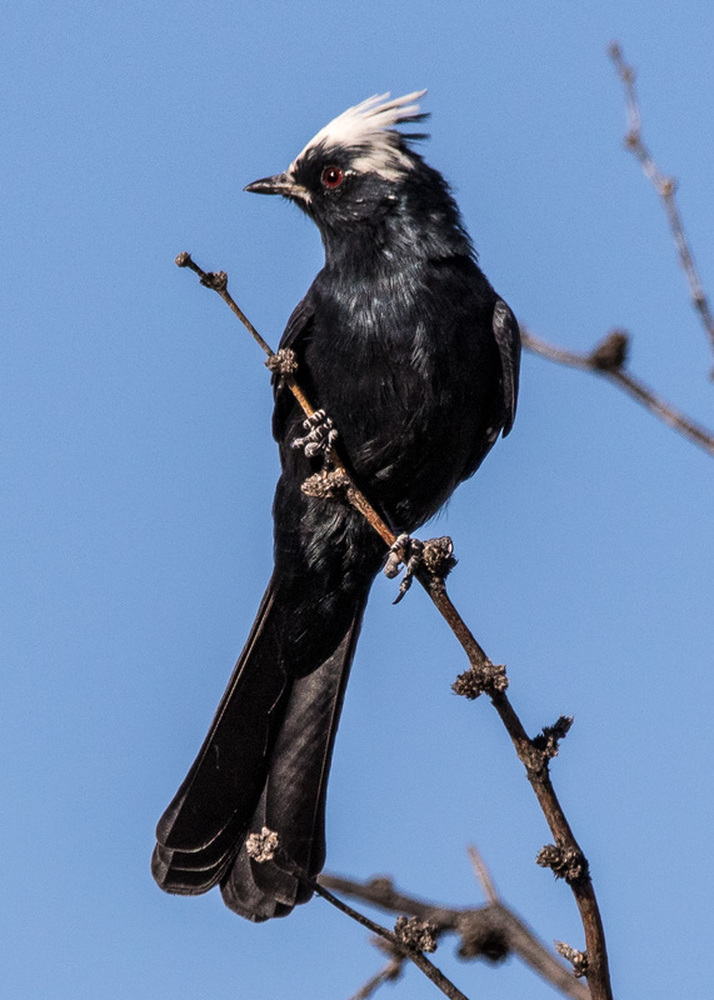
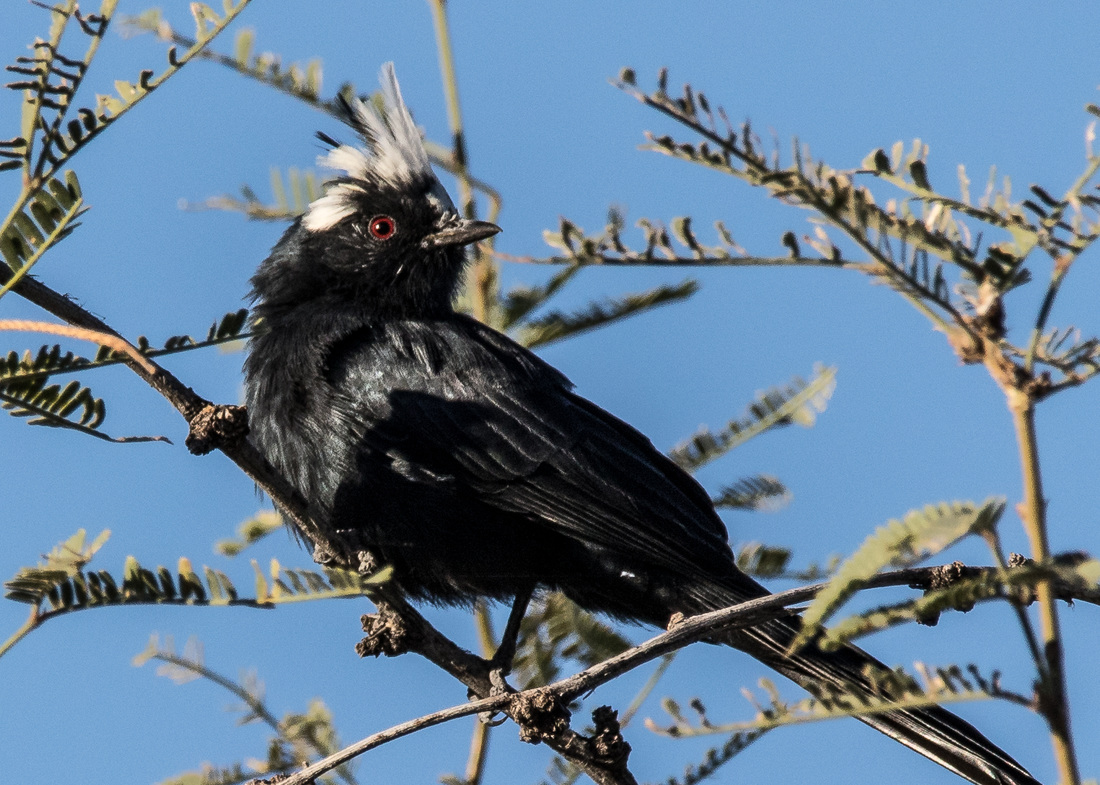
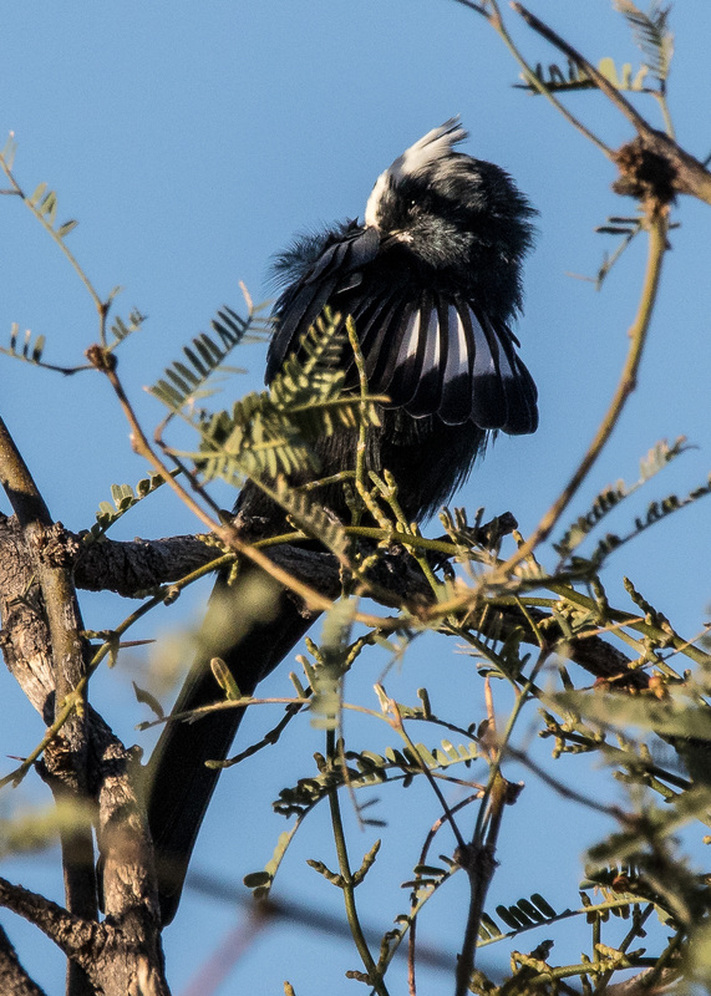
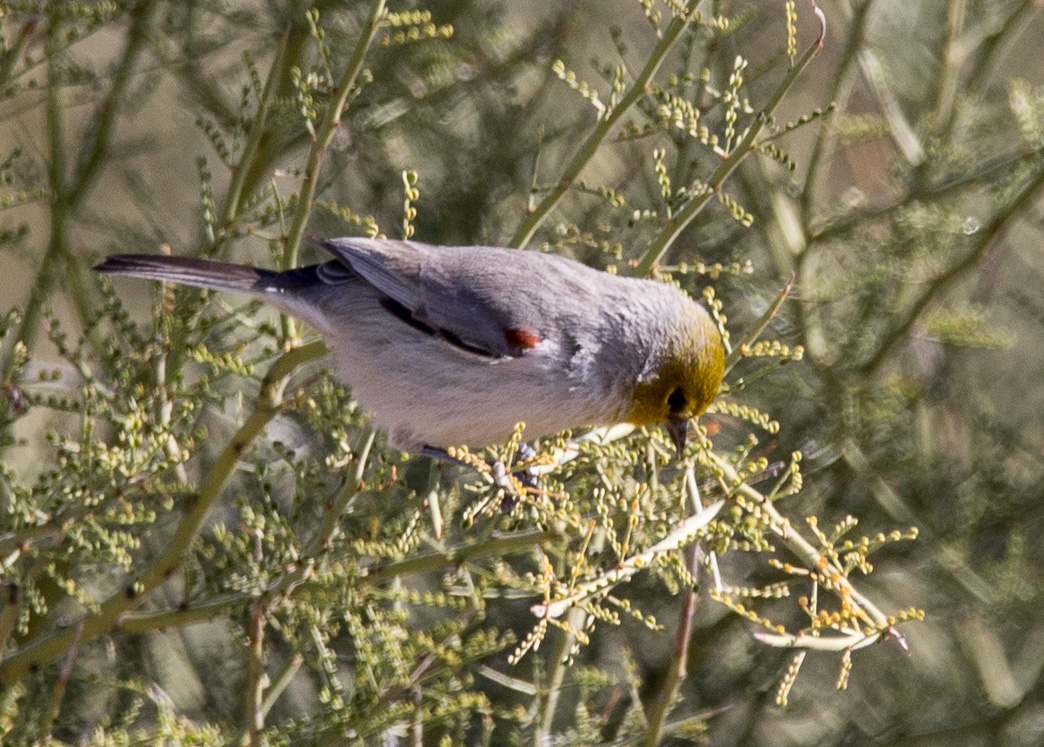
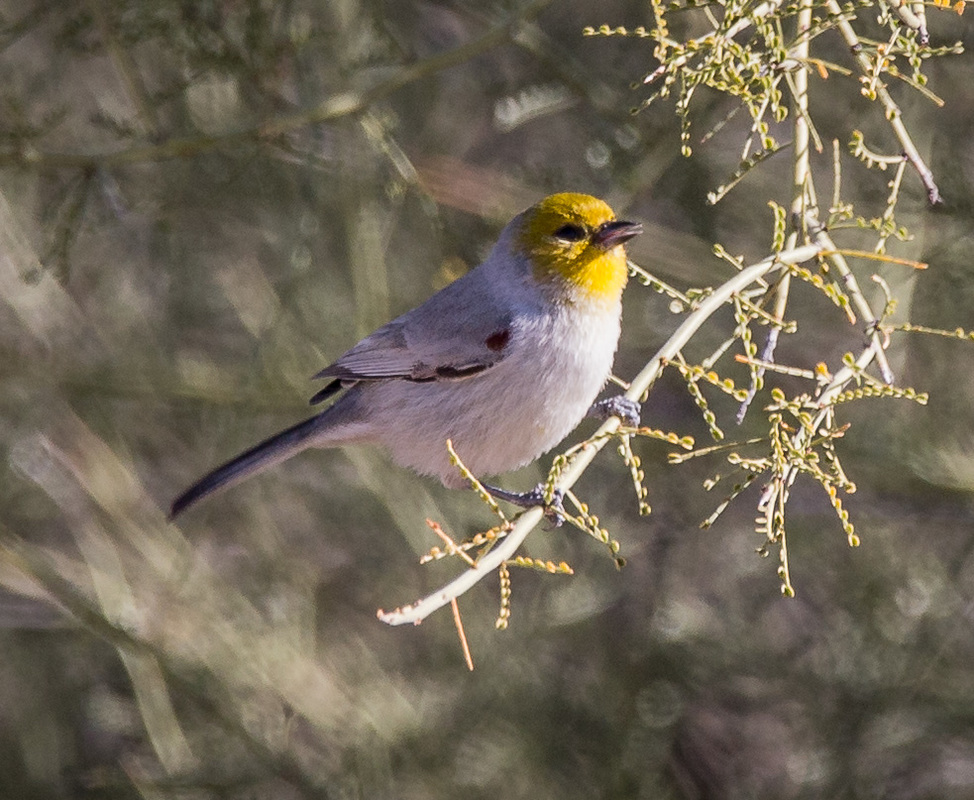
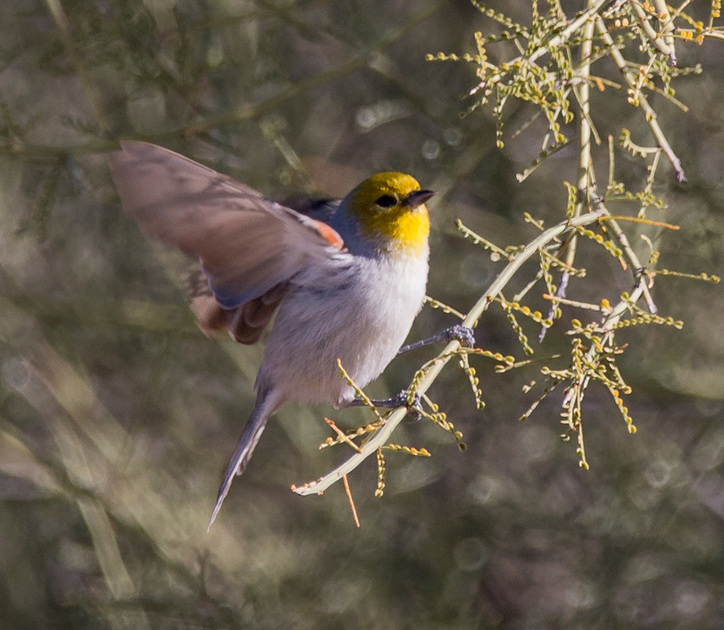
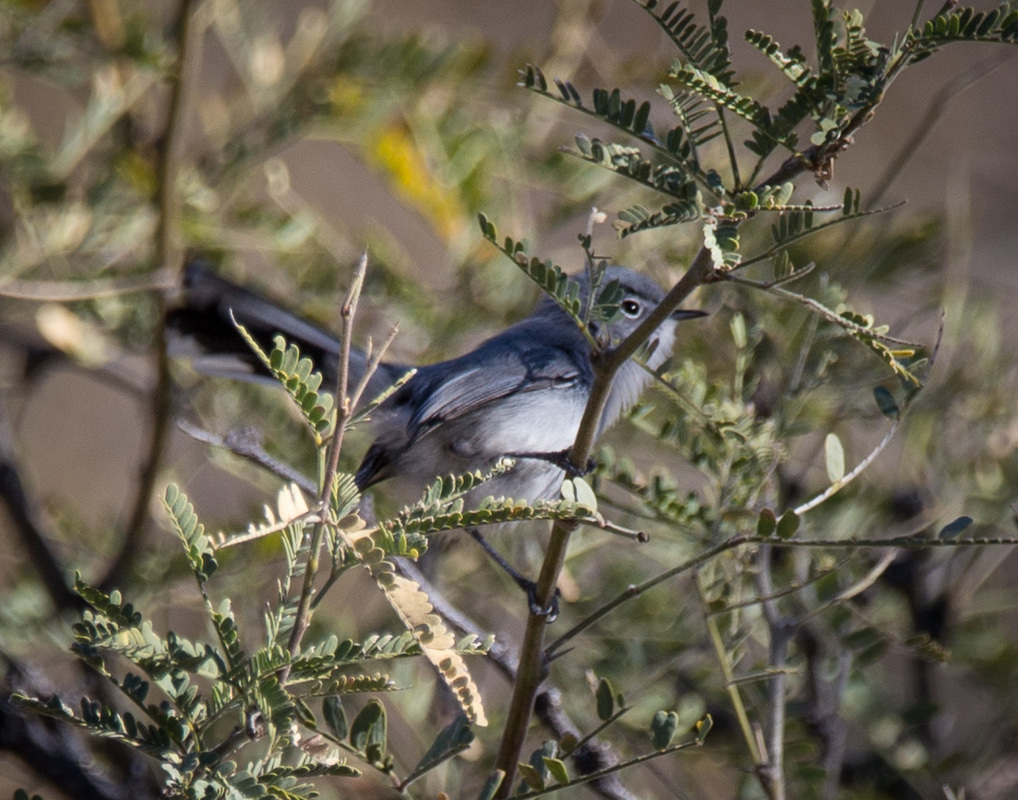
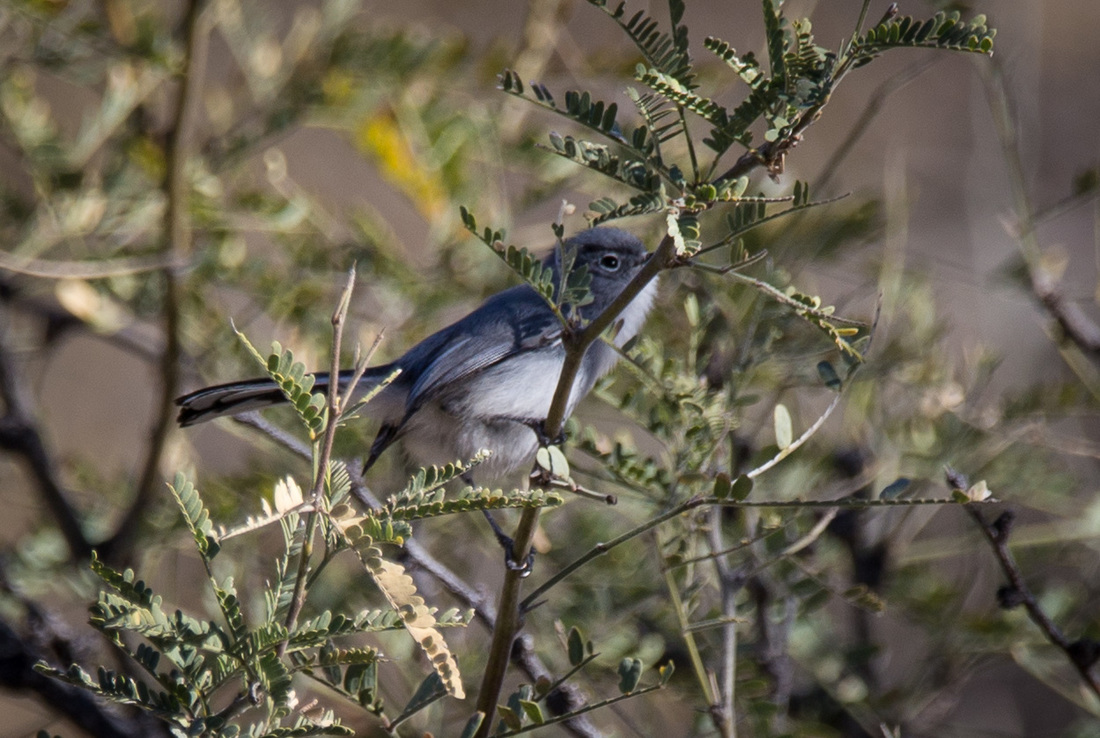
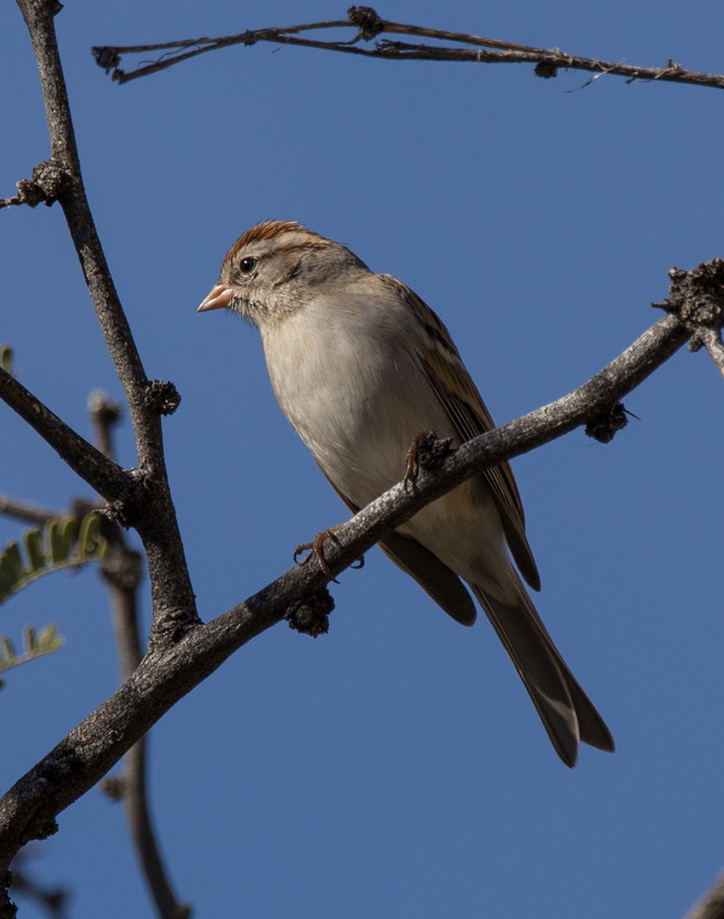
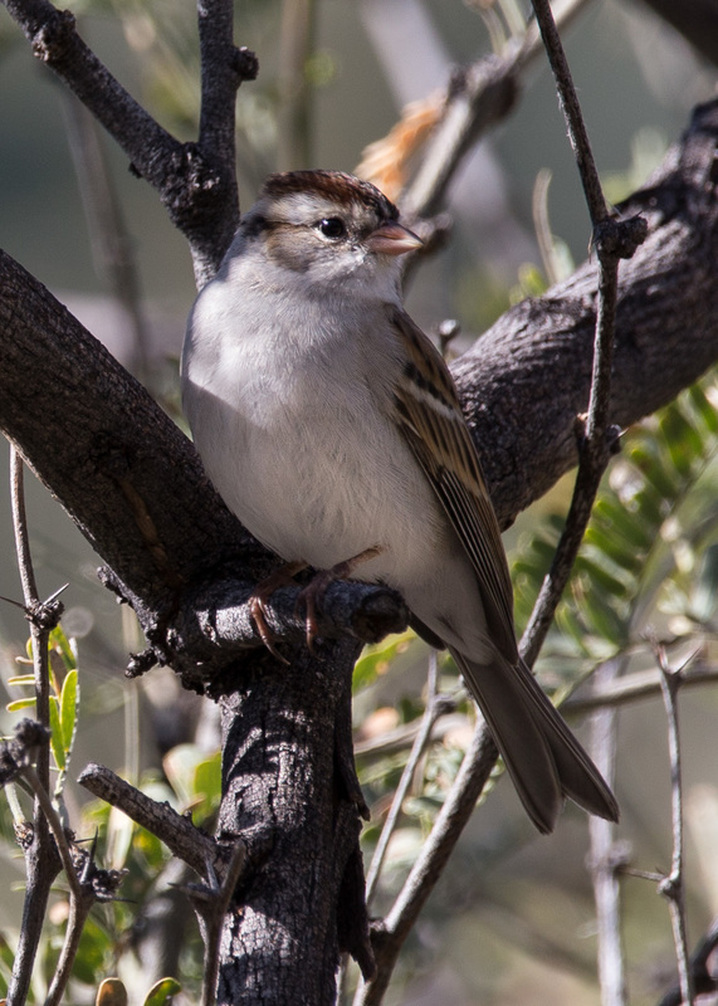
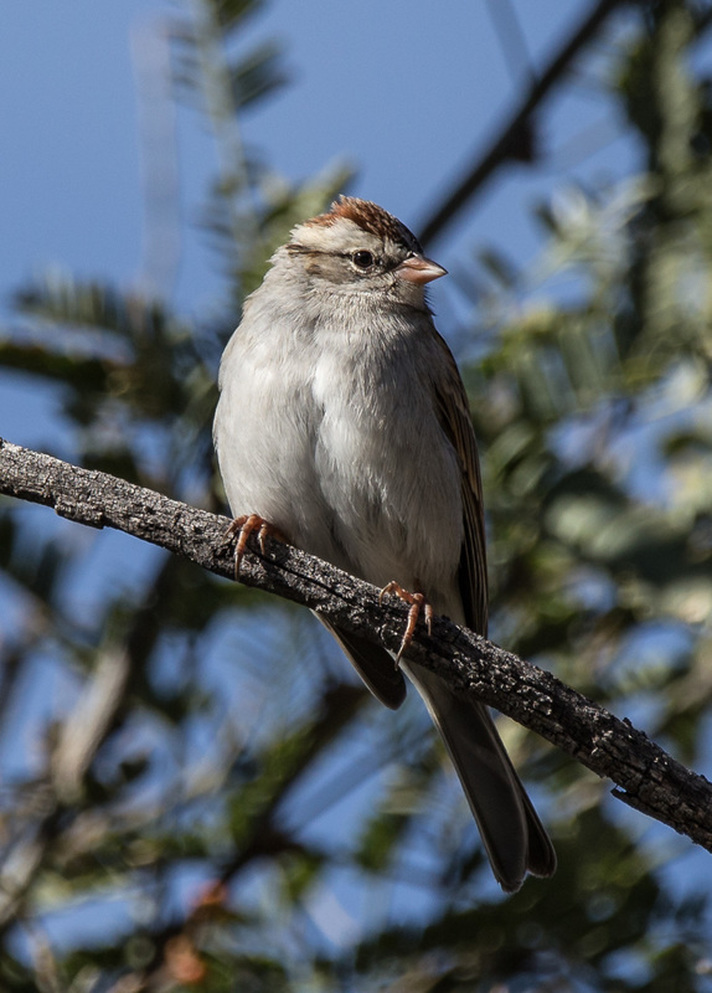
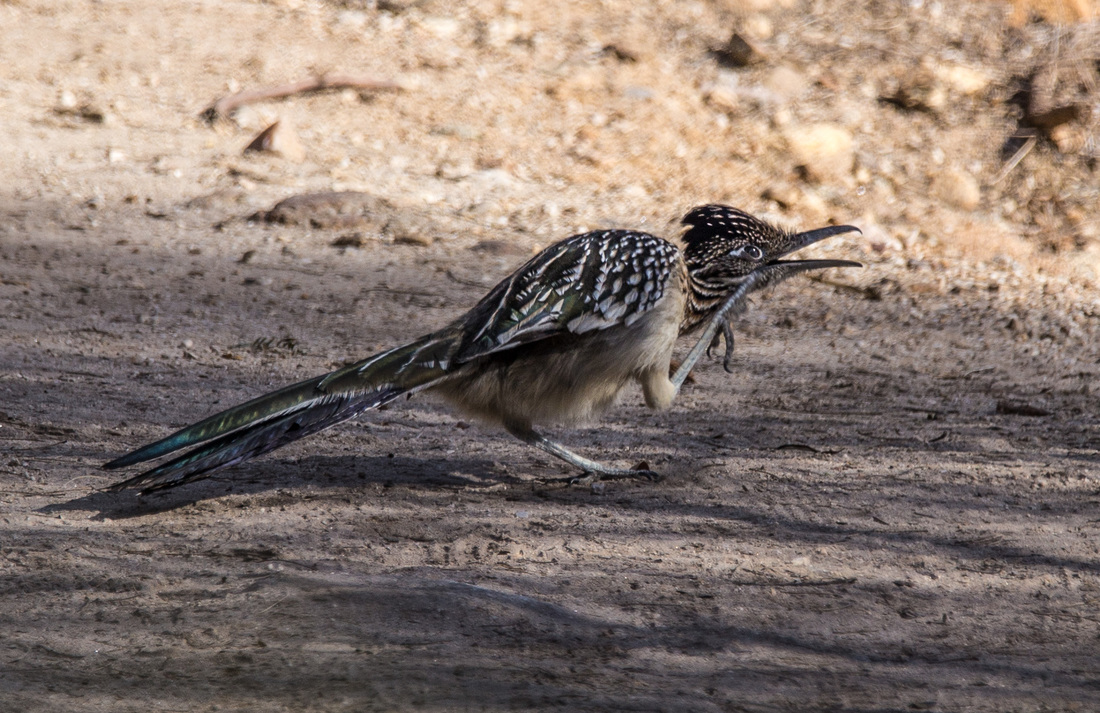
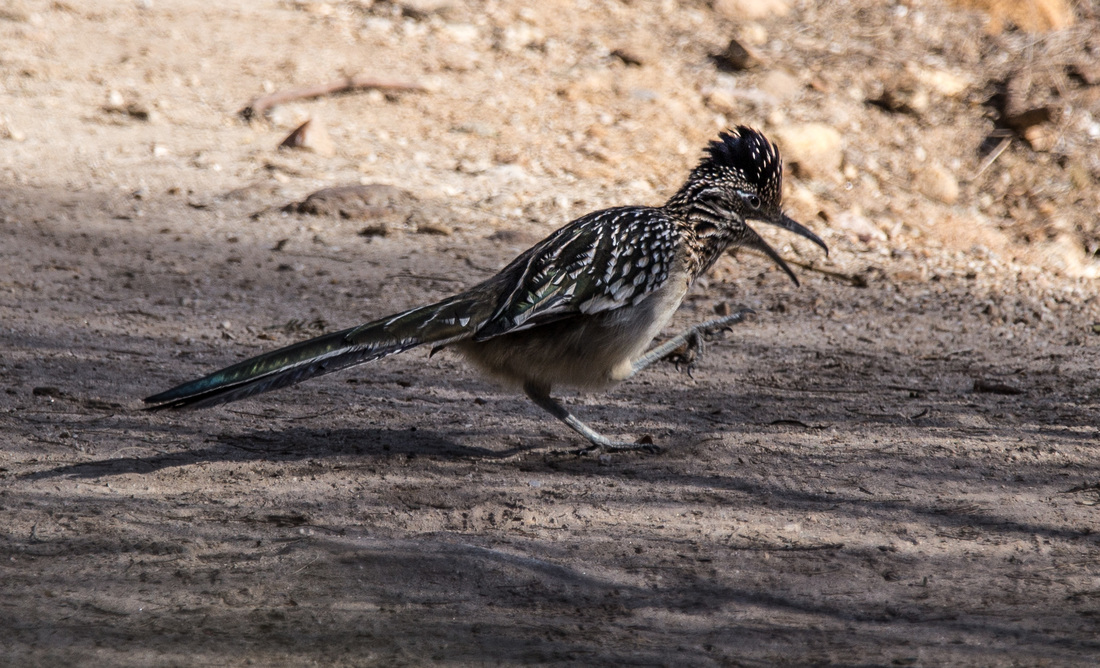
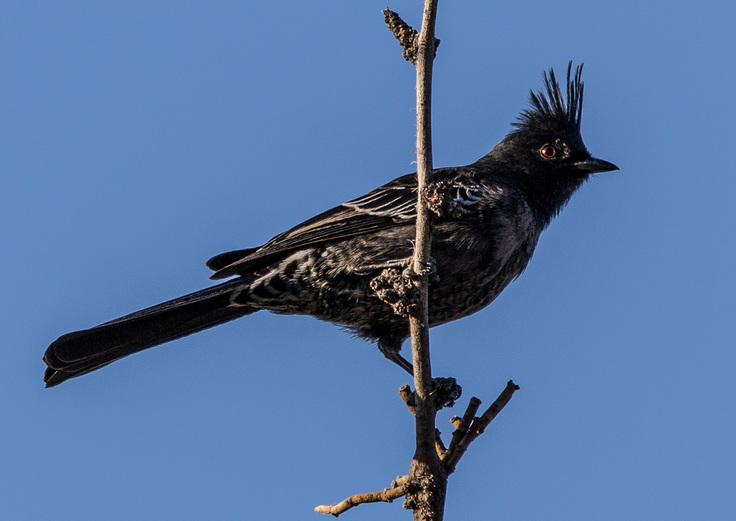
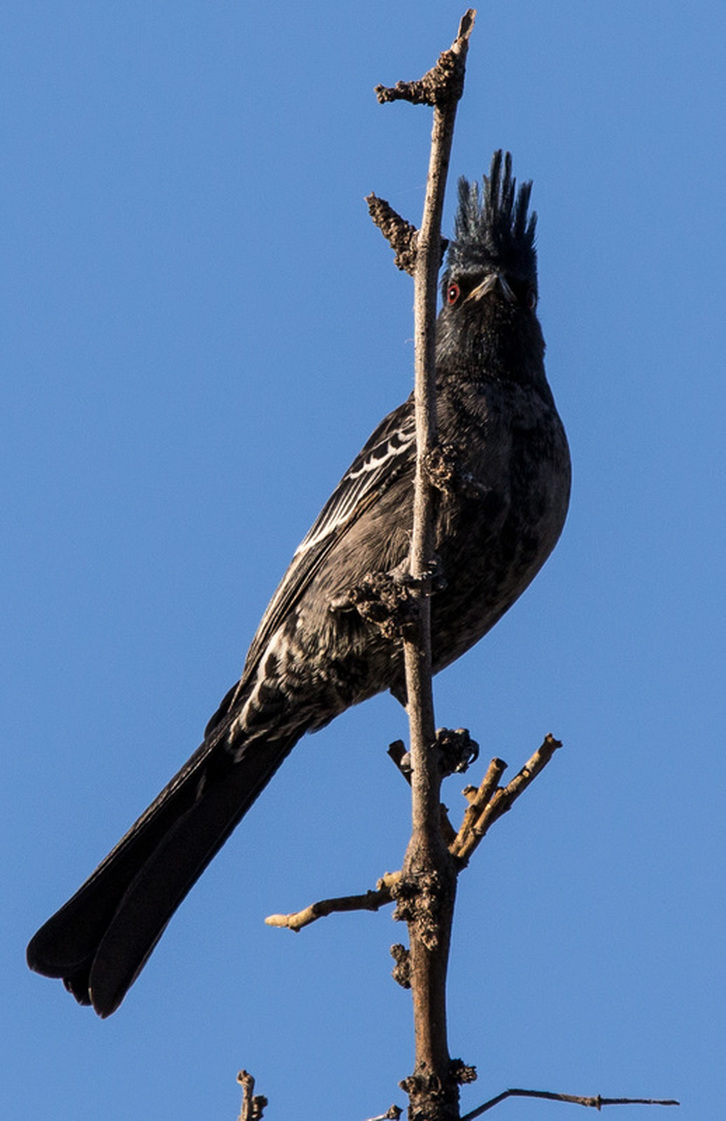
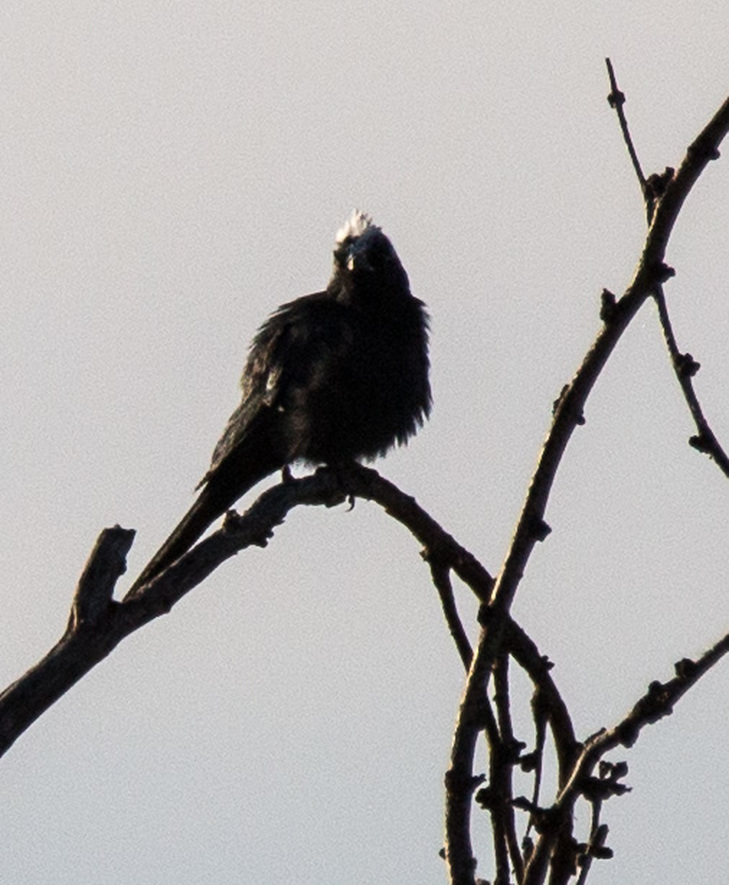
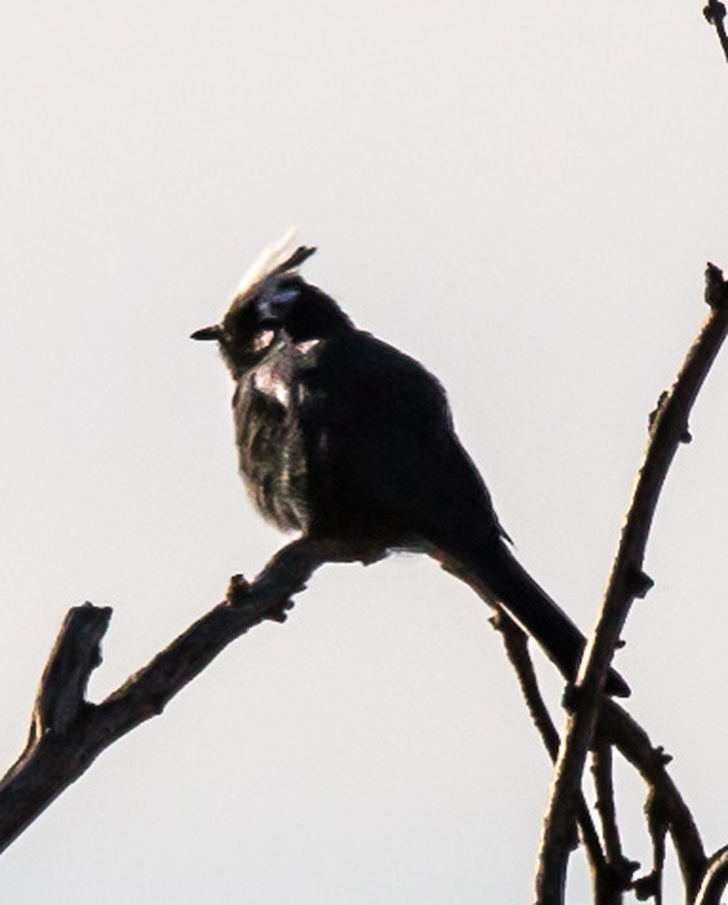
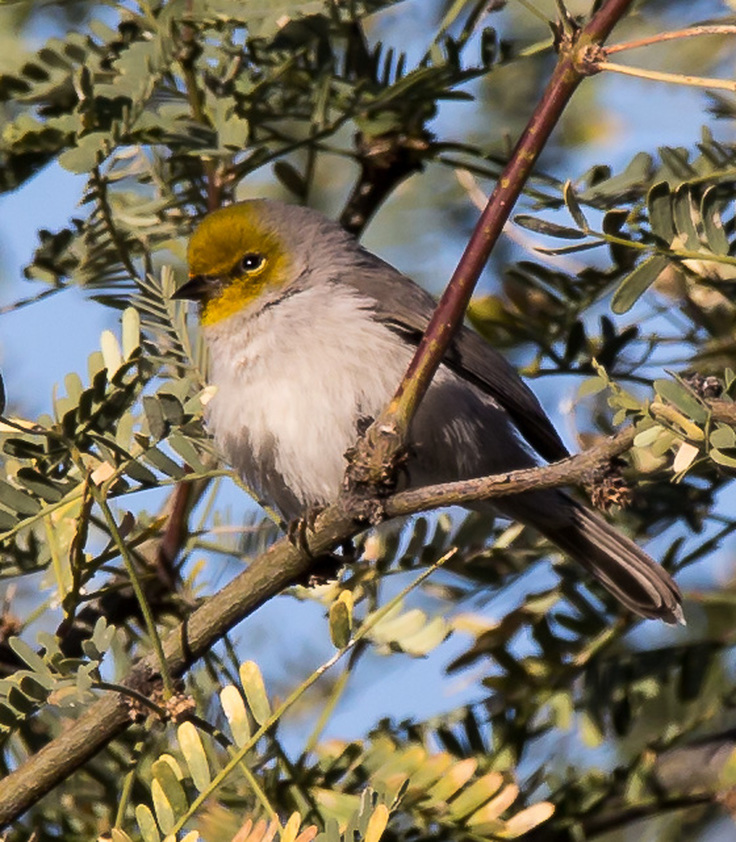
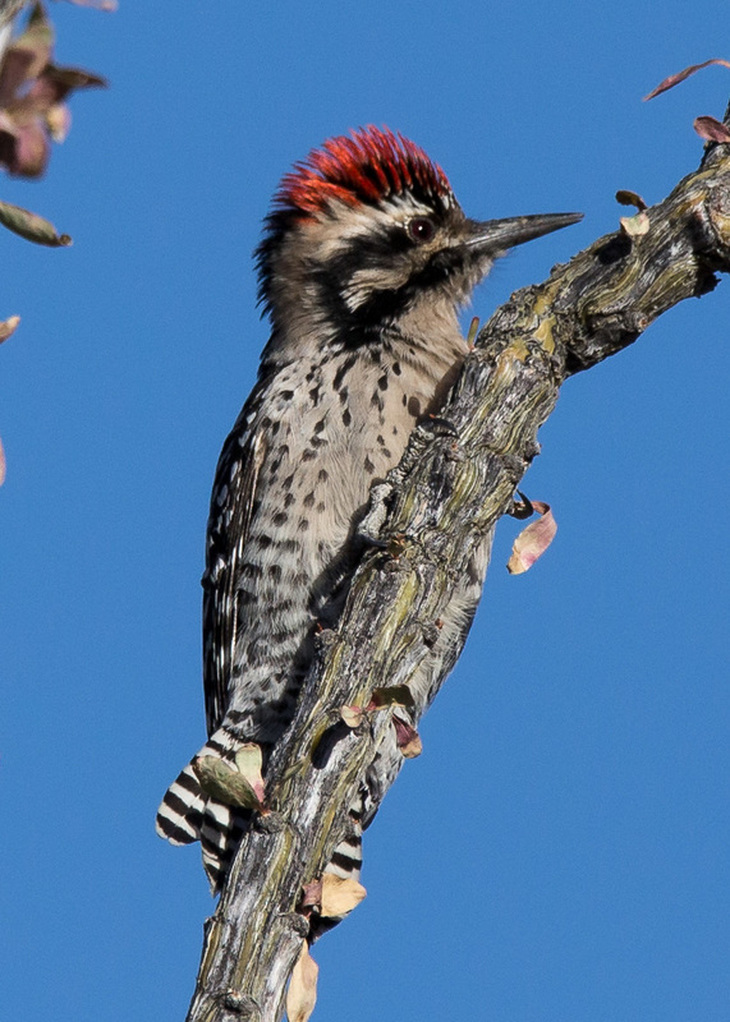
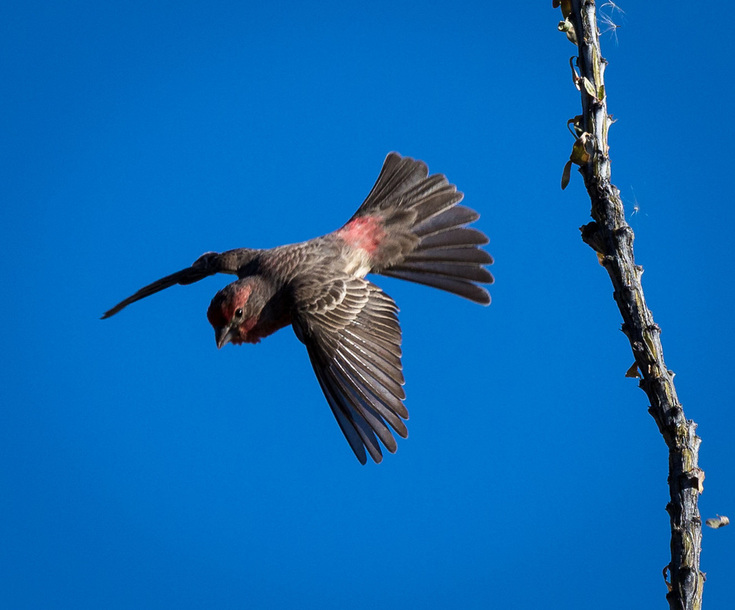
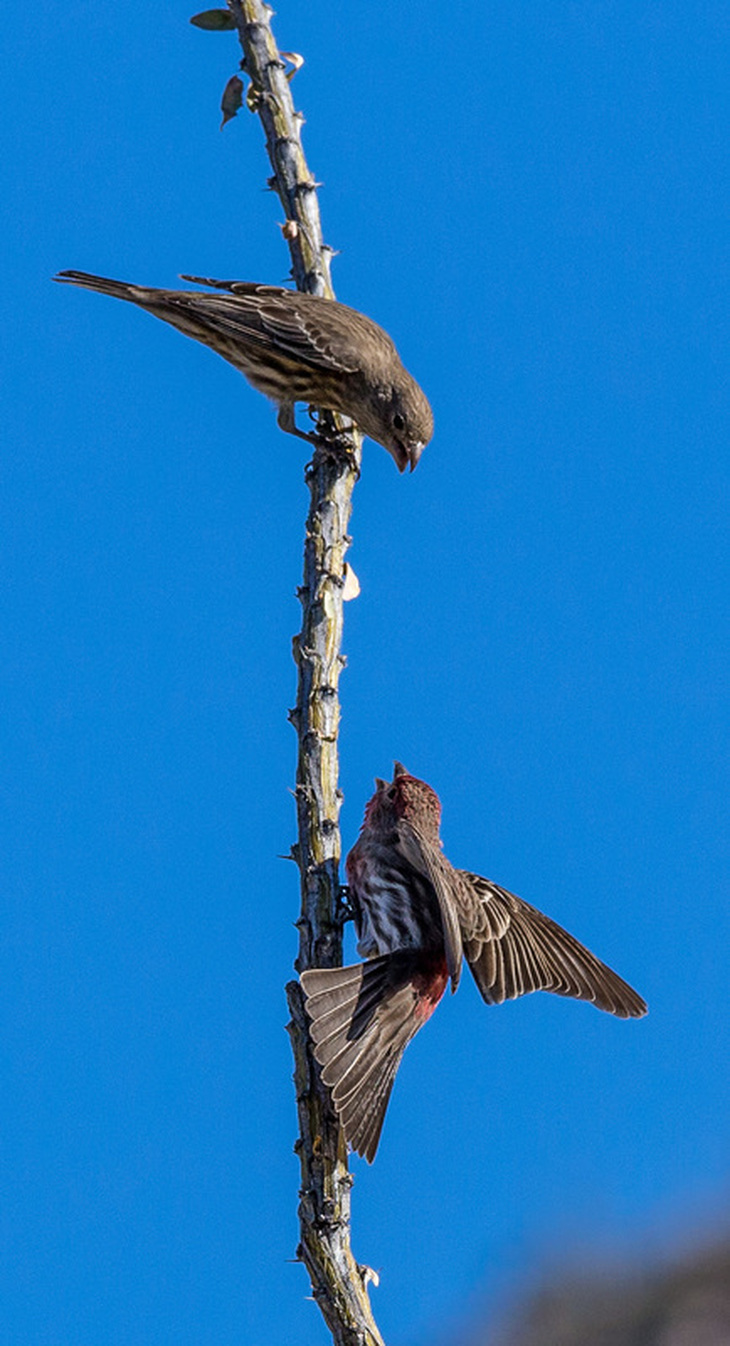
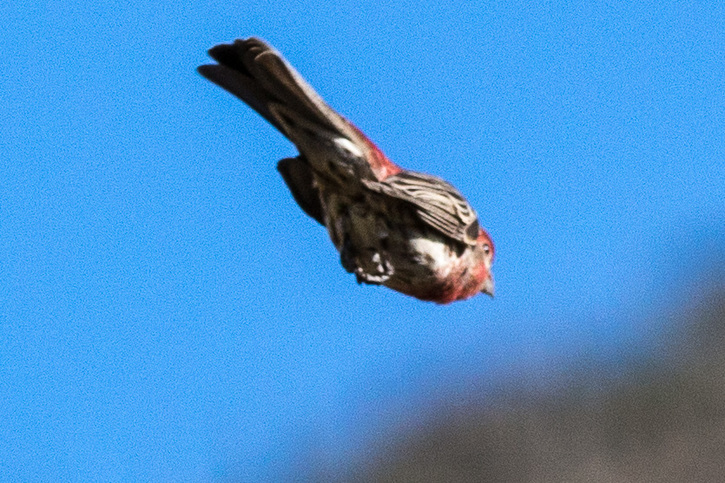
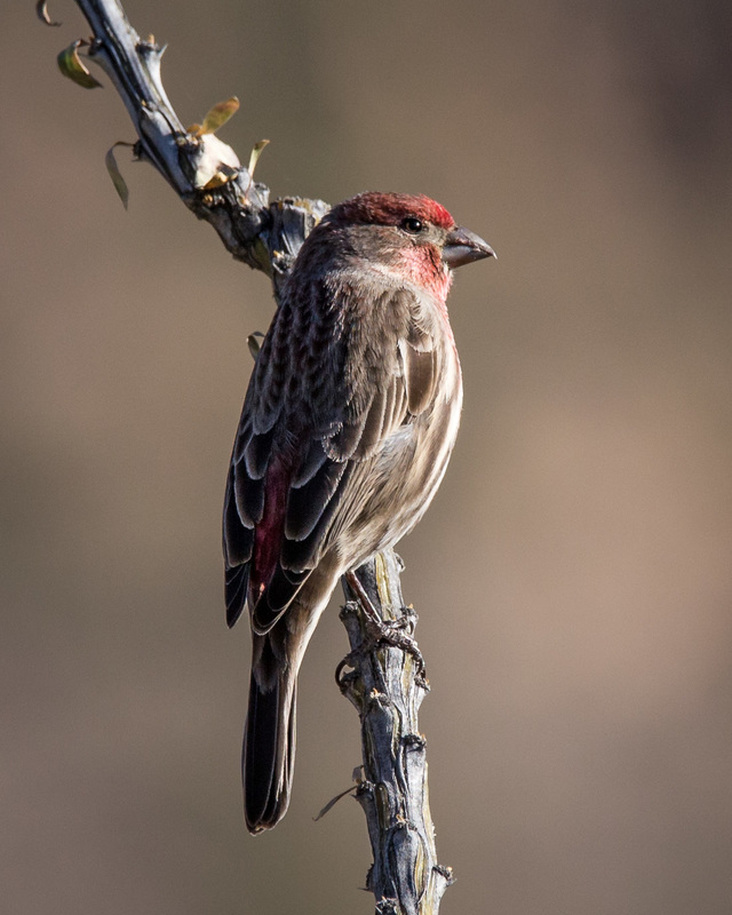

 RSS Feed
RSS Feed